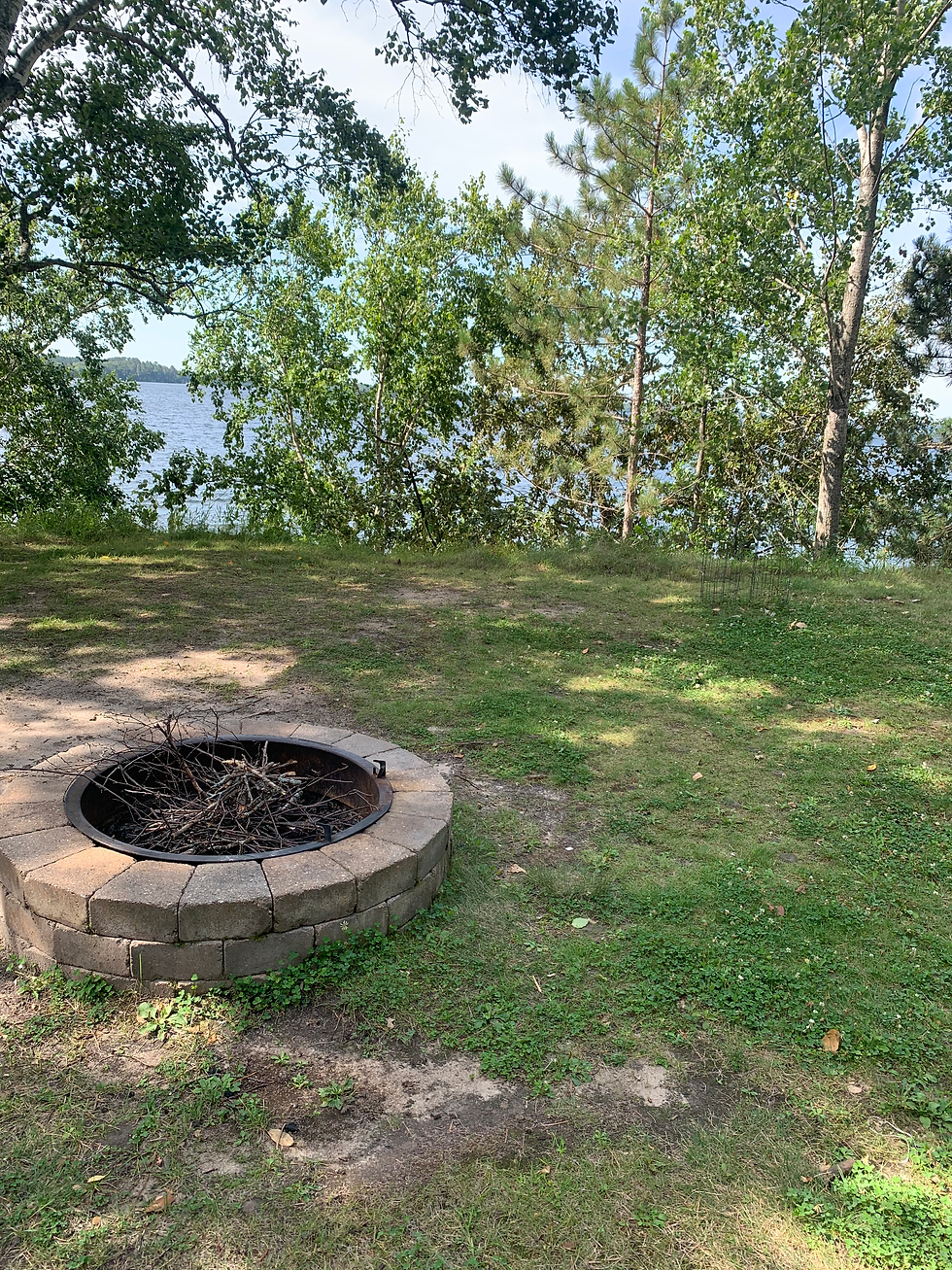The Ripple Effect: Boating Impacts on Water Quality and Loons
- Jodi Eberhardt
- Aug 15, 2022
- 3 min read
Updated: Aug 19, 2022

The Land and Waters Preservation Trust (www.landandwaters.org) has a vision to provide a consistent stream of resources to protect and preserve the Whitefish Chain of Lakes and Pine River Watershed, so that future generations can enjoy the rivers, lakes, and woods experience. Each year, the organization makes grants to projects that improve water quality.
In 2021, a $4,000 grant was provided to the National Loon Center to help launch the StewardShip pontoon guided tours. The funds enabled the loon center to buy water testing equipment, sample kits and safety and mooring equipment.
On each voyage, participants learn about the loons and the ripple effect of boating activity. Loons need clear water to catch fish and stable shorelines to build nests. Rolling waves emitted by wake boats and other watercraft erode the shore, stir up the sediment, and instigate habitat loss. Erosion deteriorates water quality and disrupts wildlife. Installing rip rap to block the waves leads to a loss of natural diversity, reduces habitat, and decreases food sources along the shoreline.
This spring, Kent Mainquist, owner of Minnesota Wake in Crosslake contacted the loon center to create a brochure to educate boaters about their impact to loons. "We are blessed in Minnesota to have lakes rich in ecological diversity and wildlife, such as the Minnesota Loon. Minnesota Wake believes the products we sell should be used in a way that minimizes the impact on and supports the continued health of wildlife. It is this belief that made it important to find a partnership with The National Loon Center to provide education on how to protect the ecosystem so it can be enjoyed for generations to come. We're grateful for the partnership with The National Loon Center and the opportunity to pass our values onto the local watersports community.”
Ballasts on wake boats take on thousands of pounds of water, enabling the boats to create unnaturally large wakes. These wakes can be detrimental to shorelines if they are generated too close to the shore or to too frequently. Maximizing distance from shorelines will minimize the impact of this kind of recreation.
The brochure explains boating impact on water quality and reminds boaters to:
Stay away from shorelines to allow wave energy to dissipate before it would impact loon nesting sites.
Maintain a respectful distance from loons and wildlife.
Minimize repetitive passes.
Inspect the boat for invasive species on entry and exit from the water.
Natasha Bartolotta, National Loon Center, hopes this project inspires more boater awareness. “The National Loon Center promotes responsible recreation on the freshwater lakes that both people and loons depend on. We appreciate the initiative of those within the watersports industry, like Minnesota Wake, to provide boating education efforts such as this collaborative wake-awareness brochure. Working together, we can encourage positive change within our community that protects the wildlife on the lake waters for years to come.”
Boating activities should not come at the cost of the environment in which why are enjoyed. By following distance recommendations and realizing our impact, responsible recreation and nature can co-exist with courteous awareness.
The Land and Waters Preservation Trust appreciates the education efforts of the National Loon Center and Minnesota Wake. It’s not easy to balance the increased recreation on the lakes with the needs of wildlife. The StewardShip and the boating brochure are both great examples of trying to get the word out.



Comments